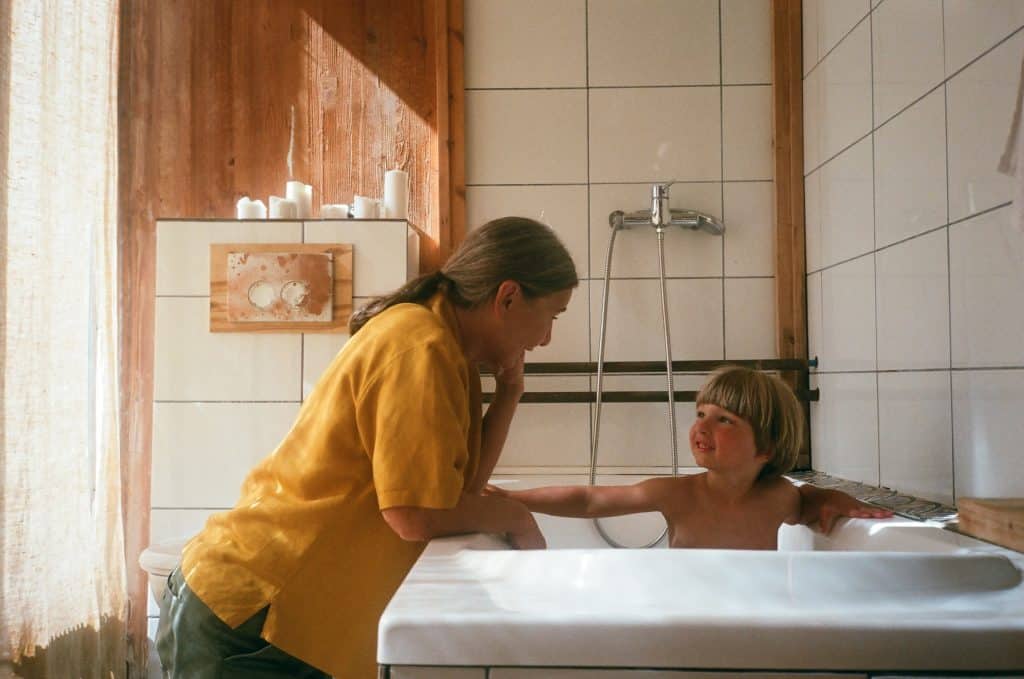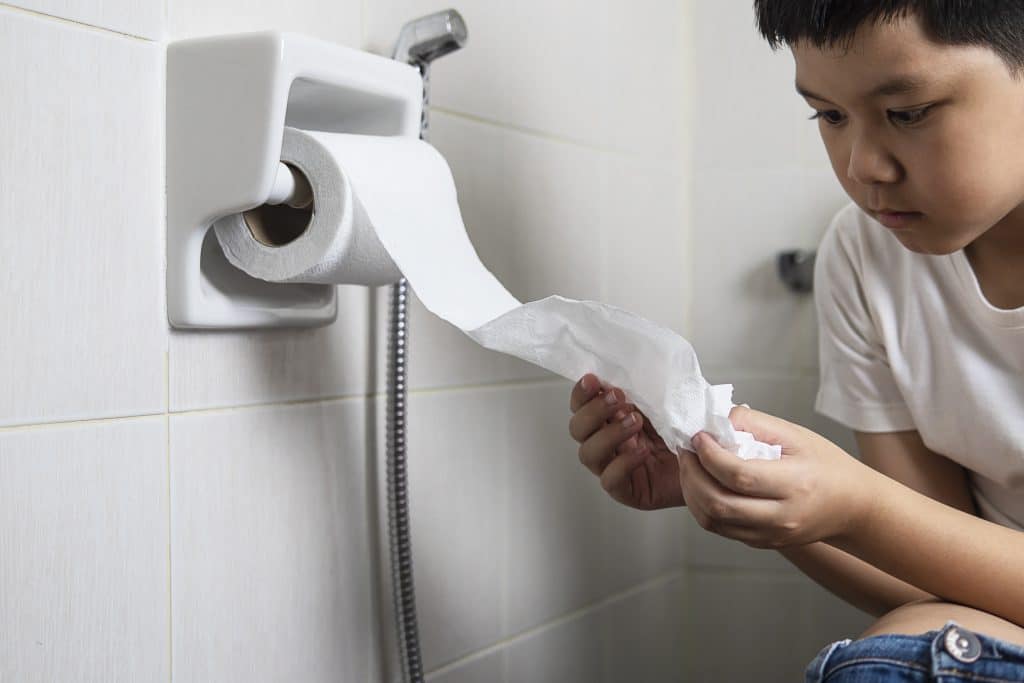It’s 3 AM, and you’re awakened by the sound of rustling bed sheets — the all-too-familiar signal that your older child with autism is struggling with their nighttime routine. And there it is, the dreaded realization: another bed-wetting incident. You might think, “Isn’t my child too old for this?” — and you’re right. But remember, when it comes to toilet training an older child with autism, the journey can be a little longer and require a different roadmap. This isn’t just about toilet training; it’s about building confidence, independence, and life skills for your child. In this guide, I’ll walk you through effective strategies backed by research and real-life experiences to help you navigate this challenging terrain.
Table of Contents
Breaking Down the Process
Firstly, when it comes to toilet training an older child with autism, it’s important to break down the process into smaller, manageable parts. Rather than attempting to teach everything at once, focus on one aspect at a time. For example, begin with teaching your child how to identify the urge to go, then move on to pulling down their pants, using the toilet, cleaning up, and so on. This approach can make the process less overwhelming for your child—and for you.
Visual Supports Can Be Your Friends
Next, consider using visual supports. In other words, images depicting each process step can be a great tool for understanding. You can create a simple chart with pictures illustrating the steps involved in using the toilet and hang it where it’s easily visible. Even a picture of a toilet pinned to their shirt or belt loop can be a constant reminder and reinforcement.

Read more: Potty Training: Is Your Child With Autism Ready?
Don’t Forget the Power of Rewards
Moreover, rewards can be a potent motivator. If your child successfully completes a step or even the entire process, celebrate this achievement with a reward. This could be their favorite snack, extra playtime, or a sticker—whatever your child finds motivating. But remember, consistency is key here. The reward should be given immediately after the successful action to reinforce the connection between the action and the reward.
Video Modeling and Social Stories
Furthermore, video modeling and social stories can be quite useful. Video modeling involves showing your child a video of someone successfully navigating the toilet routine. You can find appropriate videos online or create a personalized one with a family member. On the other hand, social stories are short narratives that describe a situation in detail and guide the child on how to respond or behave. They can provide your child with a clear understanding of what is expected of them when using the toilet.
Making it Comfortable
Above all, aim to make the experience of using the toilet comfortable. Ensure the toilet seat is the right size, the child can reach the floor or a footrest, and the bathroom environment is calm and pleasant. You might also want to find out if anything about the process is causing discomfort or fear for your child and address it accordingly.

Read more: Free Printable Potty Training Visual Schedule
Habit Training for Older Kids
Finally, for older children who have yet to respond positively to establishing a toileting routine, habit training can be beneficial. This method involves setting a schedule for toilet use and sticking to it, regardless of whether the child feels the urge to go or not. Over time, this can help them form a habit and become more independent in managing their toilet routine.
Goally | Visual Scheduler for Autism
Does your child struggle with getting ready in the morning independently? Goally’s routine app on the best tablet for kids breaks down large tasks into small, achievable steps for autistic kids. Create custom routines with your own videos & pictures for every step.
To Wrap Up
Toilet training an older child with autism may be a journey filled with trials and triumphs. Remember, patience and consistency are your best allies in this journey. Celebrate each success, however small, and know that every step forward, no matter how tiny, brings your child closer to mastering this essential life skill. You’ve got this!
Resources:
- National Autistic Society – Toilet Training: This resource provides detailed guidance on toilet training, specifically tailored for children with autism.
- Autism Speaks – Toilet Training Guide: A comprehensive guide offering practical tips and strategies for parents embarking on the toilet training journey with their autistic child.
- PubMed – Toilet Training in Individuals with Autism and Developmental Disorders: An insightful research article exploring the challenges and effective strategies in toilet training individuals with autism and other developmental disorders.
This post was originally published on 02/18/2022. It was updated on 02/28/2024.
FAQs About Toilet Training an Older Child With Autism
How can I tell if my older child with autism is ready to start toilet training? Look for signs that they're becoming aware of their bodily functions, like hiding when they need to use the bathroom or showing interest in underwear. It's also important to make sure they have some control over their bladder and bowels before starting. What are some common challenges that older children with autism might face when toilet training? Children with autism may struggle with changes to their routine, loud sounds, or feeling uncomfortable with certain sensations. It's important to be patient and work with them at their own pace. Should I use rewards or punishments when toilet training an older child with autism? Positive reinforcement can be effective in helping older children with autism learn new skills. This can include praise, stickers, or small treats. Punishments can be counterproductive and may increase anxiety and resistance. How can I make the bathroom more comfortable for my older child with autism? Try using visual aids like picture schedules, providing sensory items like fidget toys, or introducing calming scents. You can also let your child personalize the space with their favorite colors or characters. What if my older child with autism is still struggling with toilet training after several attempts? It's important to be patient and persistent, but also know when to seek professional help. A behavior analyst or occupational therapist can provide tailored support and strategies for your child's specific needs.

Goally
We help parents teach their kids life skills, like doing bedtime and morning independently. Backed by science, we incorporate evidence-based practices and expert-informed designs in all of our apps and content.






